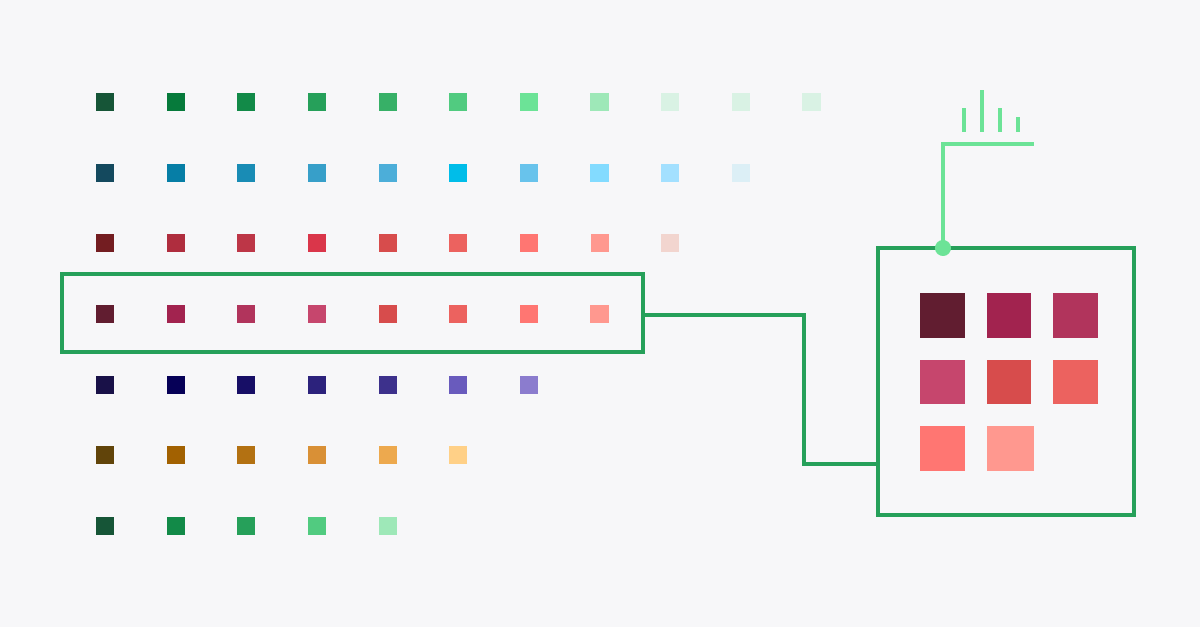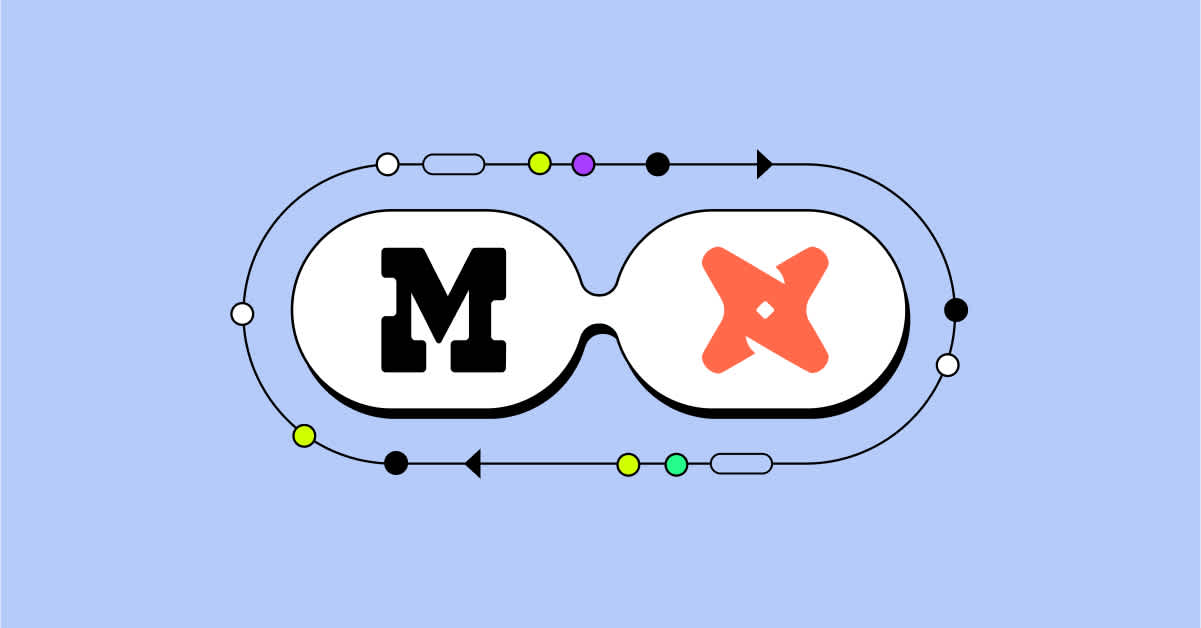As COVID-19 spread, there were more questions than answers. The first from an SMB customer in the travel sector asking to defer payment. Then, from a marketplace customer dependent on in-home services looking to restructure their agreement—they only needed half of their allotted seats given recent furloughs. The question to employees who had recently returned from Seattle and New York—did you visit any offices where you could have been exposed? All followed by the first round of tech layoffs and the drop of the Dow signaling more difficulties to come.
When we officially closed our offices on March 9th, (to quickly shift to a 100% remote team for safety), our executive team knew that things were changing rapidly. We launched a handful of initiatives to determine how to approach a global economy quickly evolving in a pandemic.
As a customer success executive, I mobilized our team to determine the impact on our customers and current revenue. Our previous approach to measuring customer health and risk seemed inadequate to help us understand and respond to the rapidly changing environment. In normal times, a growing seat count, spikes or drops in report creation, the number of engagements with reps, and key feature adoption were all great indicators of customer health. Each report guided success managers on where to identify adoption gaps, usage trends, and growth opportunities within their customers.
But, the reports didn’t identify the risks that were starting to impact our customers and their ability to operate: we needed to determine how evolving business factors would impact our customers, and subsequently, Mode. We needed to answer new questions.
I would love to say we knew exactly what we were looking for. We didn’t. Data on adoption and usage trends was readily available. We also had solid company data from integrations with companies like Clearbit and were able to quickly pull sector, projected revenue, funding, and company size data.
I would love to say we knew exactly what we were looking for. We didn’t.
The success managers tracked renewal risk and customer engagement consistently, but we needed to reassess with volatility in mind. Critical health metrics like seat adoption and the ratio of daily to monthly active users needed monitoring with new eyes. How could we “remodel” these metrics to help us reassess the risks and opportunities, within our customer base? How could we get new views into the hands of the success manager to support the needs of our customers?
The volatility-driven metrics we now use to inform customer health
Yes, we had lots of questions but we needed to work quickly. The longer we waffled on the right framework or structure, the longer the delay in getting critical data to our team to assess their customers. When optimizing for data flexibility, no one person has all of the context to answer every question. In the volatility of quarantine, travel restrictions, and frequent change, new questions arose daily.
We quickly combined relevant datasets from multiple sources into one, creating a “super table” to start scoring health across three categories.
1. Firmographic
- How much exposure do individual customers and segments have to the current economic environment?
- What risk exists in Mode’s overall revenue given firmographic data?
2. Account
- How engaged is this customer with Mode?
- What measurements of value are most impactful in the current environment?
3. Product usage
- How are customers using Mode differently?
- How does usage impact retention and revenue in a struggling economy?
With the table complete, we created a v1 of a new health model and score, using visualizations to track health assessments across segments and outlined health vectors. Using Mode’s new Exploration workflow (in beta!), success managers could extend the power of the health model, both to explore insights within their customer base and to identify new questions, ratios, or metrics that could help the model improve.
New, adjusted customer health scores were used by a handful of critical stakeholders
Within only a week or two of closing our office, we had a fully explorable, dynamic health scoring model leveraged across key stakeholders of Mode. Despite the challenges of moving to remote work and the volatility of the environment, we significantly elevated our approach to monitoring, assessing, and managing customer health. This gave value to a handful of critical stakeholders.
Within only a week or two of closing our office, we had a fully explorable, dynamic health scoring model leveraged across key stakeholders of Mode
1. Board members - The flexibility of the new scoring model created a more accurate picture of forecasting key retention and revenue targets, within the quarter and throughout the year.
2. Executives - As an executive team, we had to make a handful of strategic decisions as the market continued to adjust. The health model took in live data daily, helping us forecast expectations as a team.
3. The customer success team - If the role of customer success was important in good times, it’s even more important in bad. Management and reps needed to gain a different perspective into their segments and customers. The new model provided the team with a consolidated dataset to explore trends and respond to customer needs or risks quickly.
4. The data science team - By leveraging the speed and flexibility of Mode, the data science crew created the infrastructure to continue building out unique insights and approaches to analyzing customer trends.
Companies that leverage data to move quickly have increasingly enjoyed a competitive advantage. With unprecedented uncertainty, this advantage expands.
No matter your role, no matter what team you’re on - product, data science, engineering, sales, customer success, marketing, operations - you’re expected to do more with less to deliver the same, if not better, results. Optimizing for speed and flexibility to get the most out of your data has never been more important. Let us know how we can help.






